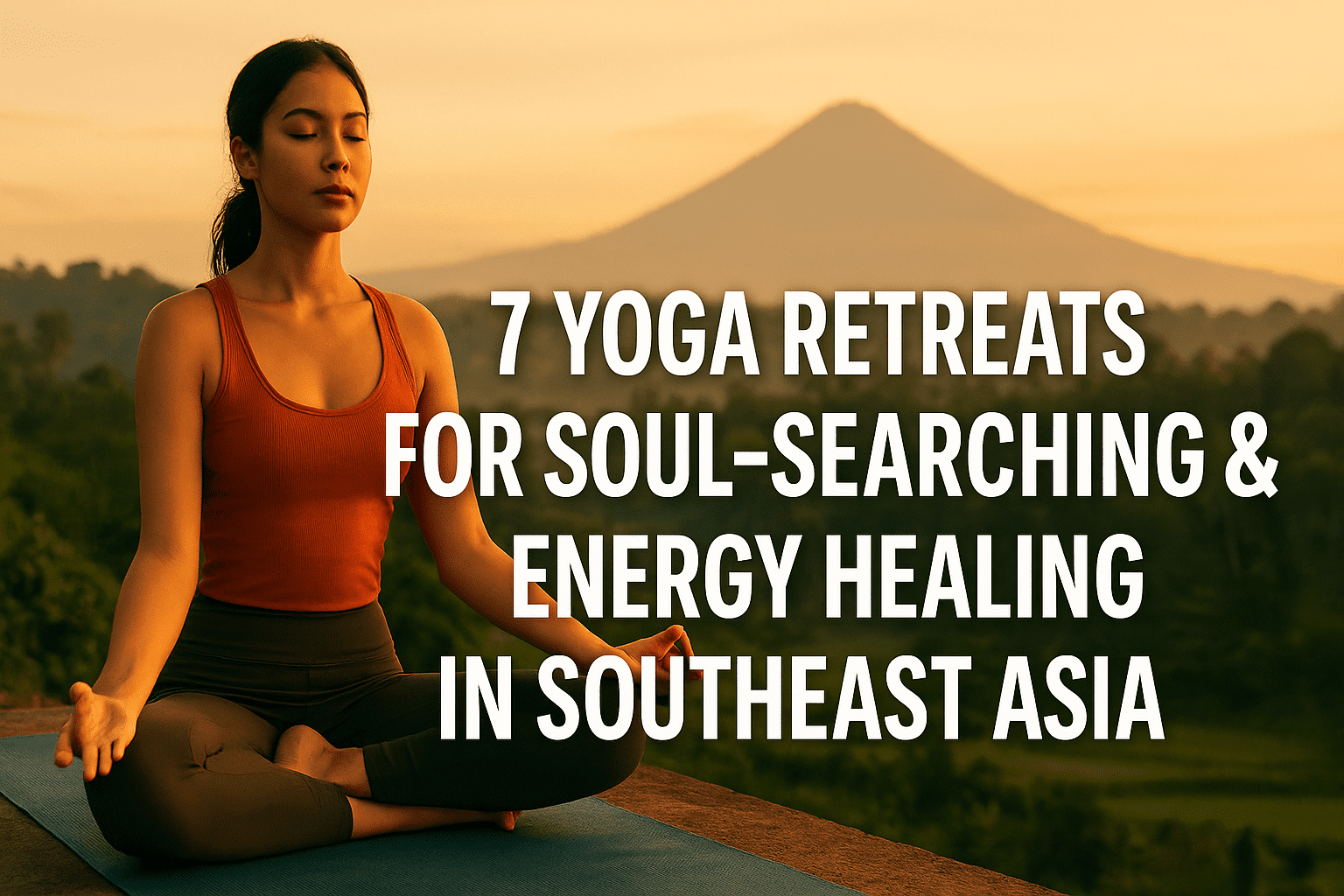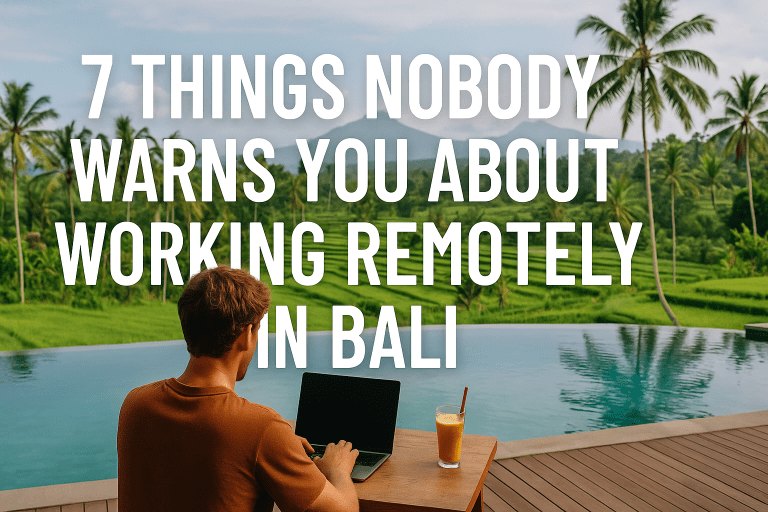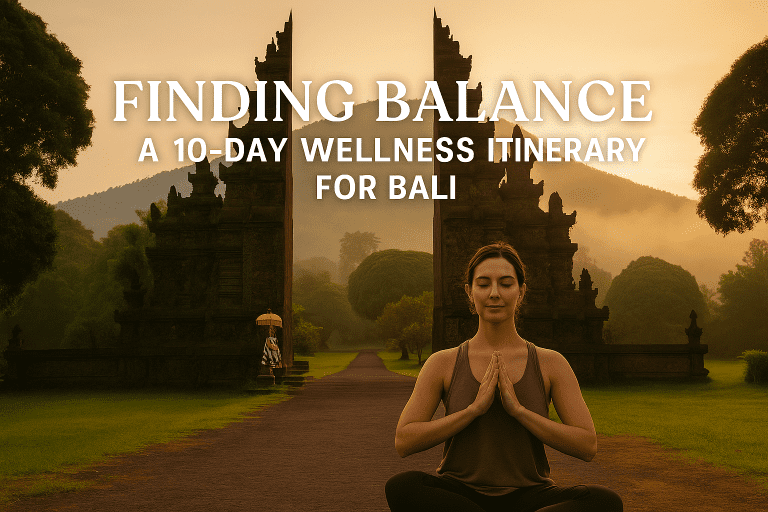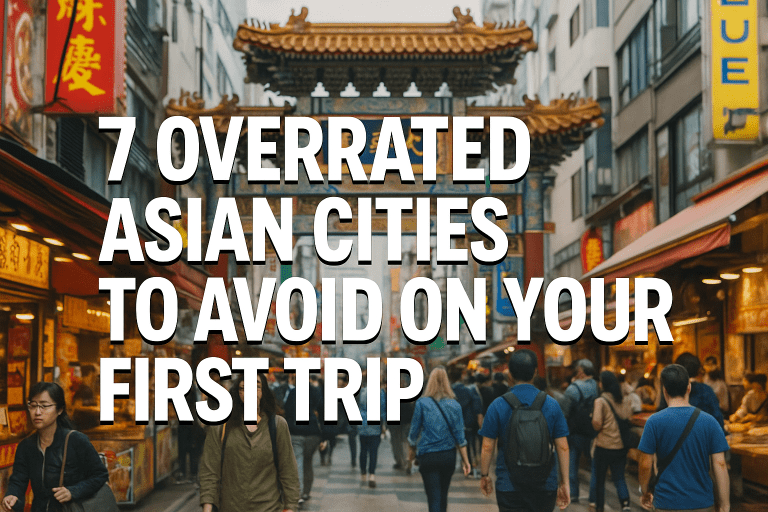
In a world that often moves at an unrelenting pace, the gentle pull towards stillness, introspection, and deeper connection with ourselves becomes increasingly vital. We find ourselves drawn to spaces that offer respite, places where the noise of daily life can soften, allowing us to listen to the quieter whispers of the soul.
This yearning for inner harmony often leads seekers towards practices rooted in ancient wisdom, particularly those originating from Asia, where the intricate connection between mind, body, and spirit has been explored for millennia. Among these paths, yoga and meditation stand out, often culminating in immersive experiences designed for profound self-discovery and energetic recalibration – known as retreats.
Southeast Asia, with its diverse landscapes, rich cultural tapestries, and deep spiritual roots, has become a cherished destination for those seeking such journeys. The air itself seems imbued with a certain tranquility, the natural beauty providing a potent backdrop for inner work. Within this vibrant region, numerous havens have emerged, dedicated to supporting individuals on their path of finding balance and exploration.
This article endeavors to respectfully explore 7 top yoga retreats for soul-searching & energy healing in Southeast Asia, not as a prescriptive guide, but as an insight into the types of sanctuaries available, grounded in traditional philosophies that inform their practice. We seek to understand the essence of these experiences and the mindful approach they encourage.

Understanding the Roots: Yoga, Mindfulness, and Healing Traditions in Asia
To appreciate the depth of these retreats, it is helpful to touch upon the foundational philosophies that underpin them. While yoga is most commonly associated with India, its principles of uniting the individual consciousness with the universal, and its practices encompassing physical postures (asana), breath control (pranayama), and meditation, have profoundly influenced spiritual and wellness traditions across Asia. The concept of ‘soul-searching’ aligns with introspective practices found in various Asian spiritual paths, including Buddhism, Taoism, and local animistic beliefs, all of which emphasize self-awareness, detachment from suffering, and the pursuit of inner peace or enlightenment.
‘Energy healing,’ when viewed through a traditional Asian lens, often relates to concepts like ‘Qi’ (China), ‘Prana’ (India), or ‘Lom’ (Thailand) – vital life force energy believed to flow through the body. Practices like acupuncture, acupressure, Thai massage, Qigong, and certain forms of meditation aim to balance or unblock this energy flow, promoting physical, emotional, and spiritual well-being as understood within those traditions.
These concepts are not typically presented as medical treatments in their traditional context but as ways to maintain harmony and vitality. The confluence of these ideas – the physical and spiritual discipline of yoga, the introspective journey of soul-searching, and the balancing principles of traditional energy work – creates a powerful synergy found in retreats across Southeast Asia.
The practice of yoga itself, beyond the physical postures, has always been a path towards inner stillness and union. As the renowned yogi B.K.S. Iyengar stated,
“Yoga does not just change the way we see things, it transforms the person who sees.”
This speaks directly to the transformative potential that a dedicated retreat can offer, providing the time and space away from everyday distractions to truly engage in this inner work. Mindfulness, a core component of many Asian philosophies and practices, involves paying deliberate, non-judgmental attention to the present moment. Cultivating mindfulness through meditation and conscious movement is central to both soul-searching and creating conditions for subtle energetic shifts.
The Retreat Experience: What to Expect
Yoga retreats for soul-searching & energy healing in Southeast Asia are not merely holidays; they are structured immersions designed to facilitate deep personal work. While each retreat varies, common elements include daily yoga and meditation sessions, often incorporating different styles and techniques suited for introspection and energy awareness. There might be workshops on philosophy, mindfulness, or traditional healing arts. Many retreats are located in natural settings – by the ocean, in lush jungles, or serene mountains – leveraging the calming and grounding influence of nature.
Meals are typically healthy, often vegetarian or vegan, and sometimes consumed mindfully in silence. Time for personal reflection, journaling, and simply being present is usually encouraged. Some retreats may incorporate traditional ceremonies or rituals, sound healing, bodywork therapies like traditional massage, or guided nature walks. The emphasis is on creating a supportive environment free from external pressures, allowing participants to turn their focus inward. It’s a temporary stepping out of the familiar current to gain perspective from the shore.
Exploring 7 Types of Retreats in Southeast Asia
While specific retreat centers change and evolve, we can explore the kinds of experiences offered across Southeast Asia by looking at representative approaches and settings. The budget ranges mentioned are approximate and can vary greatly based on duration, level of luxury, and specific offerings.
1. The Balinese Spiritual Immersion (Bali, Indonesia): Bali has long been a magnet for wellness seekers, known as the “Island of the Gods.” Retreats here often blend various yoga styles with Balinese Hindu spiritual practices, such as temple visits, purification ceremonies (Melukat), and traditional healing sessions. Located amidst rice paddies or volcanic hillsides, these retreats offer a profound connection to the island’s unique cultural and spiritual energy. The focus is often on heart opening, emotional release, and connecting with inner divinity.
Typical budget: Mid-range to High-end.
2. The Thai Mindfulness & Meditation Sanctuary (Thailand): Drawing heavily on Thailand’s rich Buddhist tradition, these retreats often emphasize Vipassana or other forms of silent meditation alongside gentle yoga or mindful movement. Set in tranquil, often rural locations or forest monasteries adapted for lay practitioners, they provide a disciplined environment for deep introspection and the cultivation of equanimity. The focus is on quieting the mind and developing present-moment awareness. Many also offer traditional Thai massage. The rich traditions and customs of Thailand profoundly shape the retreat experience here.
Typical budget: Budget-friendly to Mid-range.
3. The Malaysian Coastal Rejuvenation (Malaysia): Retreats along Malaysia’s coastlines or on islands offer a blend of yoga, meditation, and often incorporate elements of traditional Malay wellness practices or simply leverage the calming energy of the sea. These can be more relaxed, focusing on stress reduction and physical well-being alongside gentle soul-searching through guided practices and journaling. The natural beauty provides a soothing backdrop for unwinding and reconnecting.
Typical budget: Mid-range.
4. The Vietnamese Zen & Healing Journey (Vietnam): Influenced by Zen Buddhism and traditional Vietnamese approaches to health and wellness, retreats in Vietnam might incorporate tea ceremonies, mindful walking, and practices aimed at fostering peace and resilience. Set in serene locations, perhaps near ancient pagodas or in the countryside, they offer a quiet contemplative space. The emphasis is often on simplicity, presence, and gentle healing. The focus is on introspection and calm amidst Vietnam’s stunning landscapes.
Typical budget: Budget-friendly to Mid-range.
5. The Cambodian Heart-Centred Practice (Cambodia): Often located near historical sites like Angkor Wat, retreats in Cambodia might weave in themes of compassion, resilience, and historical context. Practices might include Hatha or Yin yoga, loving-kindness meditation (Metta), and opportunities to reflect on the impermanence and beauty found in the ancient ruins. The atmosphere is often one of quiet reflection and gratitude. Exploring the cultural depth of the region can be a significant part of the journey for first-time travelers.
Typical budget: Budget-friendly to Mid-range.
6. The Laotian Gentle Unfolding (Laos): Reflecting Laos’s reputation for laid-back tranquility and strong Buddhist influence, retreats here tend to be small, intimate, and deeply peaceful. Focusing on gentle yoga, meditation, and perhaps elements of traditional Lao healing or connection with local culture, these retreats offer a space for quiet introspection and slow, deliberate presence. The pace of life in Laos naturally supports a retreat environment.
Typical budget: Budget-friendly.
7. The Philippines Island Escape & Well-being (Philippines): Set on tranquil islands, retreats in the Philippines combine the beauty of pristine beaches and clear waters with yoga and wellness practices. These might focus on physical detoxification, stress release, and emotional well-being, often incorporating fresh, local cuisine and marine-inspired elements. The emphasis is on rejuvenation and finding energy amidst natural beauty. Finding accessible islands can be part of the planning for southeast asian islands for budget backpackers.
Typical budget: Mid-range to High-end.
Each of these types of retreats offers a unique path towards soul-searching and energy healing, drawing on the specific cultural and natural environment of its location. They provide a contained space away from the usual demands, allowing for a focus on inner exploration supported by ancient practices.
Traditional Purpose and the Path of Inner Work
Within the traditional contexts from which these practices arose, the aims were multifaceted. Yoga was a spiritual discipline. Meditation was a path to clear perception and liberation. Traditional healing aimed to restore balance (physical, energetic, and sometimes spiritual) within the individual and their environment.
Bringing these practices into a retreat setting in Southeast Asia allows for an immersive experience aimed at achieving similar traditional goals, adapted for the modern seeker: fostering balance, cultivating mindfulness, navigating stress (understood as mental or emotional imbalance), enhancing self-awareness, and encouraging a form of personal or spiritual growth.
These retreats offer a space to disconnect from external noise and reconnect with one’s inner landscape. They provide tools – yoga postures, breathwork, meditation techniques – that, when practiced consistently, can help calm the nervous system and quiet the incessant chatter of the mind. This stillness creates fertile ground for introspection and the processing of emotions or thoughts that might be overlooked in daily life. It’s in this quiet space that soul-searching naturally unfolds.
Consider a moment during a silent walking meditation at dawn in a Thai forest retreat. The air is cool, carrying the scent of damp earth and distant blossoms. Each step is deliberate, synchronized with a gentle breath. The mind might initially race with thoughts of the past or future, but with guidance, the focus is brought gently back to the sensation of the feet on the path, the sound of birds awakening, the feeling of the cool air on the skin. There are no grand revelations, just a quiet presence with the simple reality of the moment, a subtle sense of groundedness settling within.
Retreats also often incorporate elements aimed at supporting the body’s natural state of equilibrium, which some traditions link to the flow of vital energy. This might involve specific types of yoga postures, breathwork, dietary changes, or traditional bodywork. The focus is on creating conditions that support the body-mind system in finding its own state of balance, rather than treating specific ailments.
It is important to approach these experiences with respect for the traditions from which they originate. While retreats offer these practices in accessible formats, understanding their historical and philosophical context adds depth to the personal journey. They are invitations to explore ancient paths of wisdom, adapted to support well-being in the contemporary world. The journey of inner exploration is a personal one, and these retreats offer structured environments and guidance rooted in time-tested approaches.
Reflective Conclusion
Exploring yoga retreats for soul-searching & energy healing in Southeast Asia reveals a landscape rich with opportunities for inner exploration and gentle transformation. Rooted in profound Asian philosophies that recognize the interconnectedness of mind, body, and spirit, these sanctuaries offer a temporary stepping stone away from the demands of everyday life. They provide the space, guidance, and environment conducive to introspection, mindfulness, and reconnecting with the subtle energies within.
Whether nestled in Bali’s spiritual heartland, Thailand’s tranquil forests, or the serene coastlines of Malaysia and the Philippines, these retreats utilize practices like yoga, meditation, and traditional healing modalities to support a journey towards greater balance and self-awareness. They are invitations to cultivate presence, listen to the inner self, and explore the enduring wisdom of traditions that have long understood the human need for harmony and peace.
For those feeling the call for a period of dedicated self-reflection and rejuvenation, these Southeast Asian retreats offer compelling possibilities. Approaching them with an open heart and a spirit of respectful inquiry can unlock deep insights. The path of well-being is a continuous journey, and spending time in spaces dedicated to these ancient practices can offer invaluable moments of clarity and connection. These traditions, woven into the fabric of Asian culture, continue to offer profound pathways for navigating the complexities of being human.





